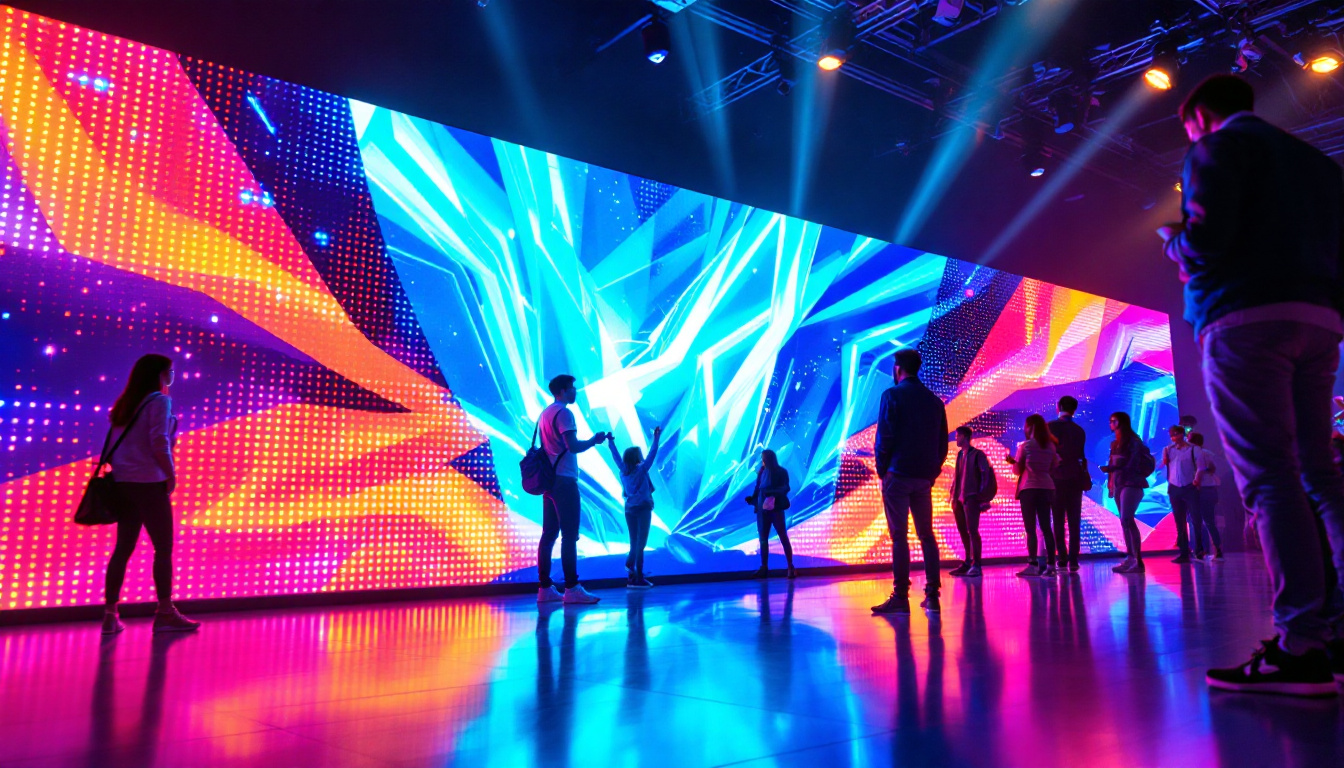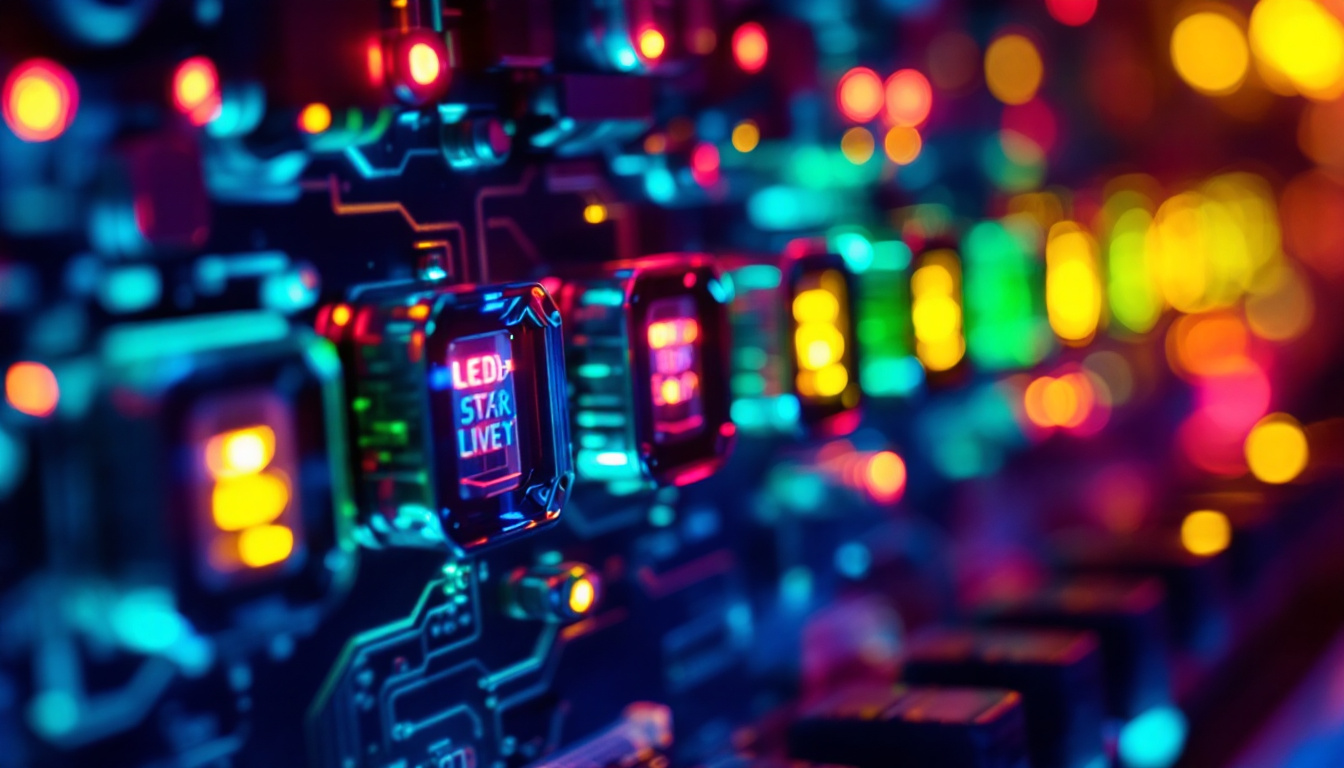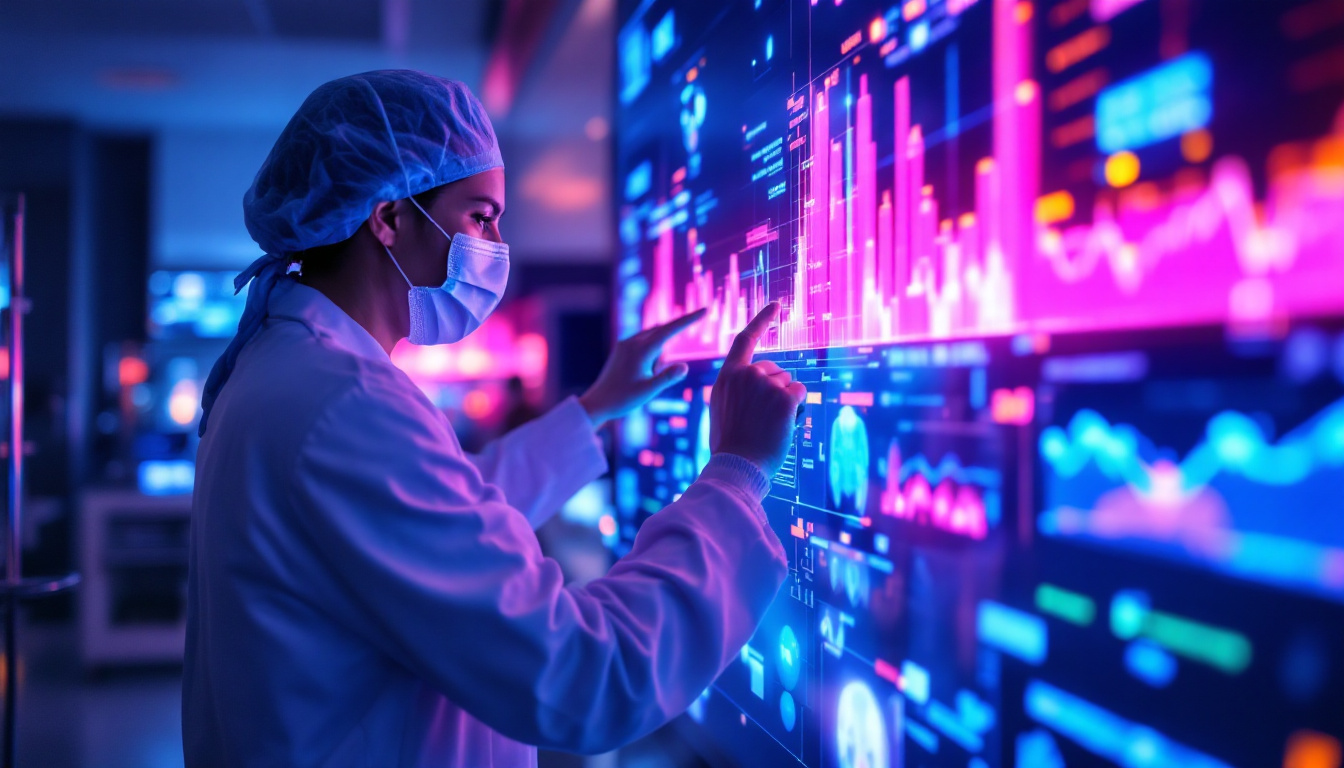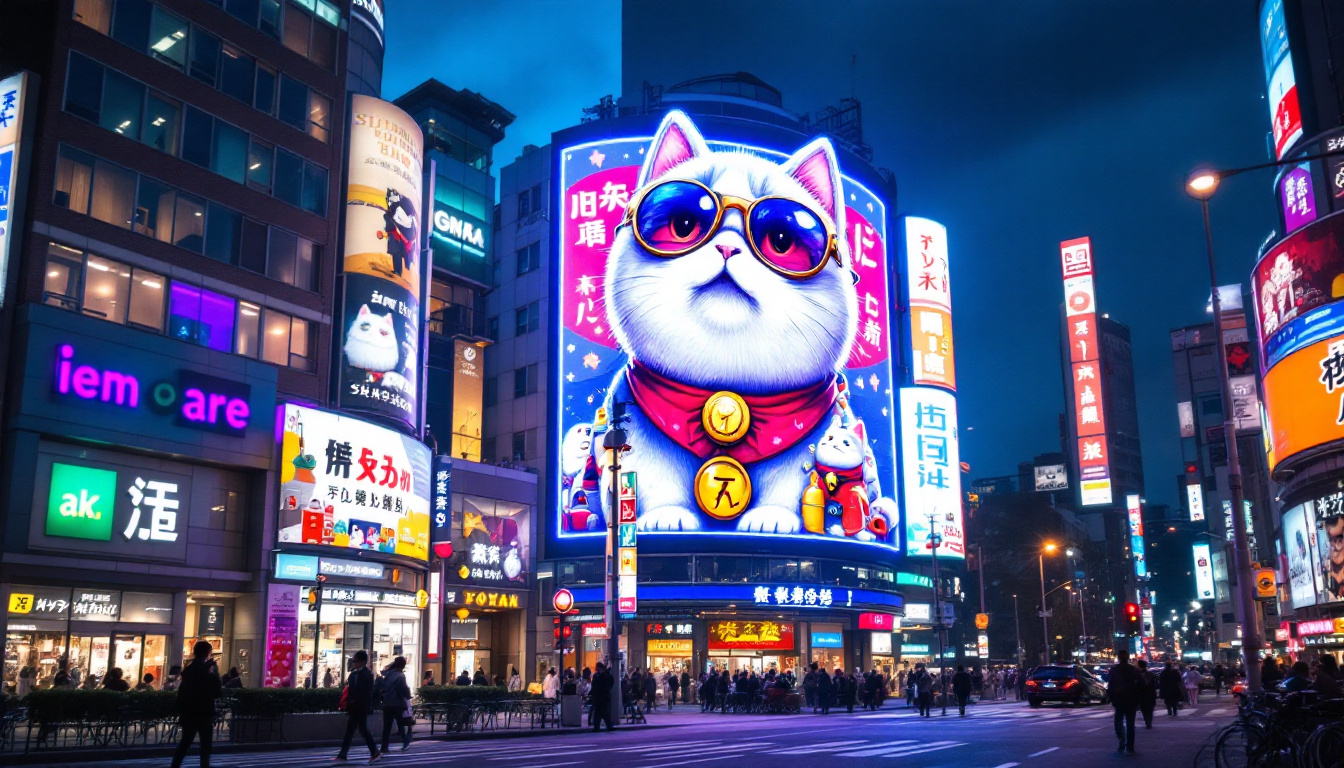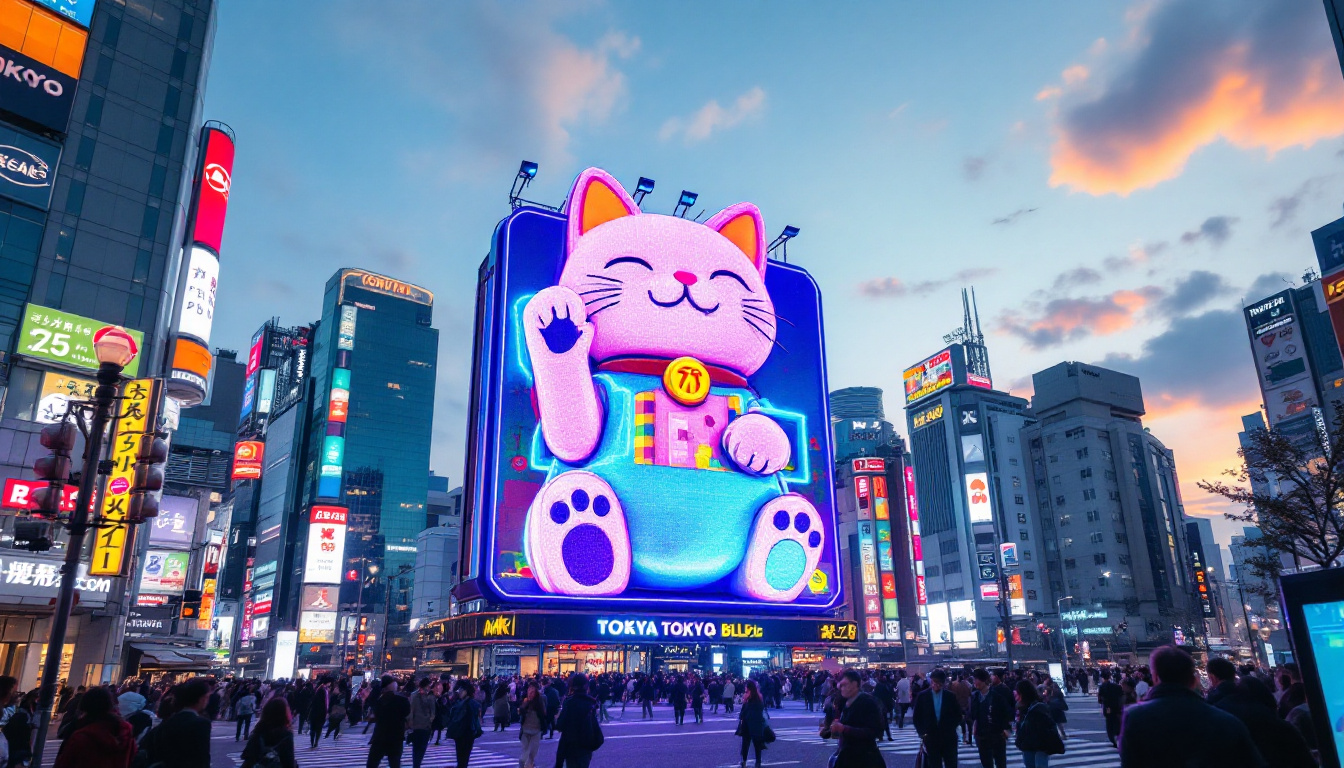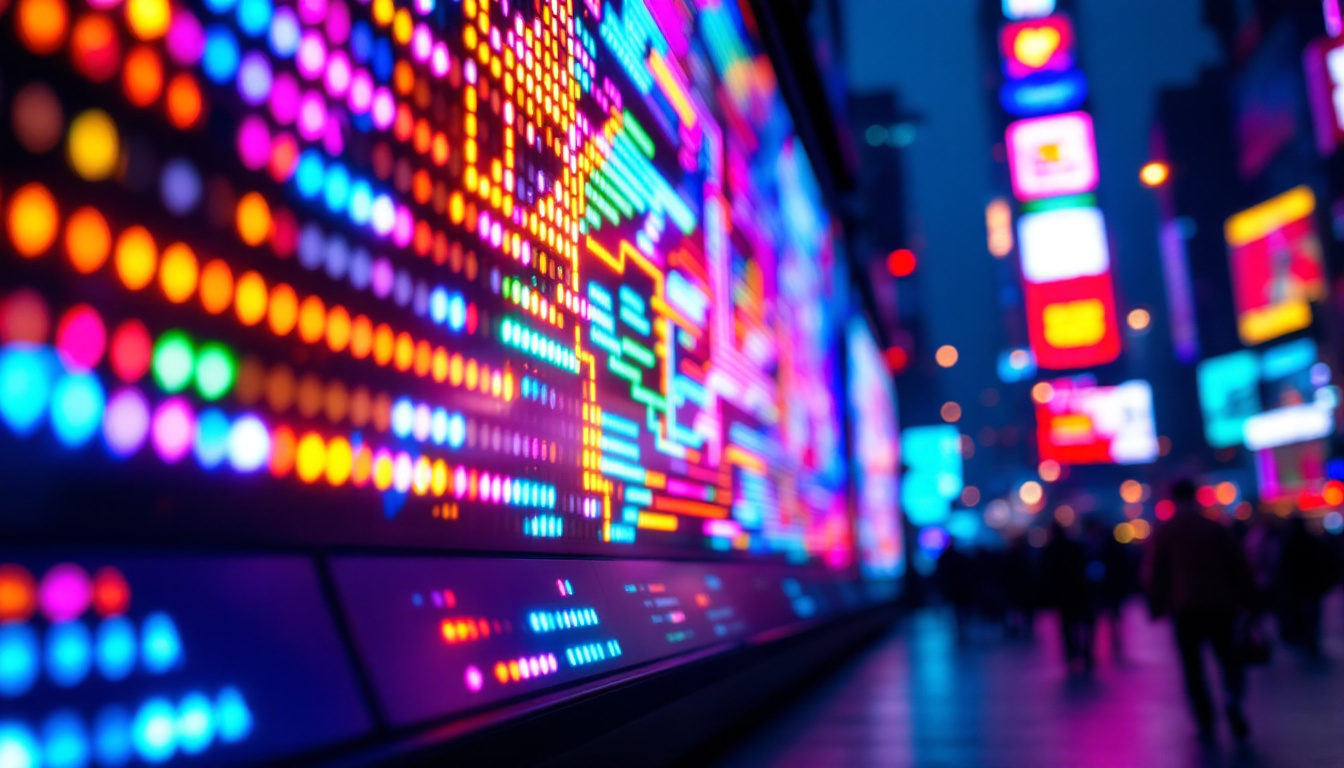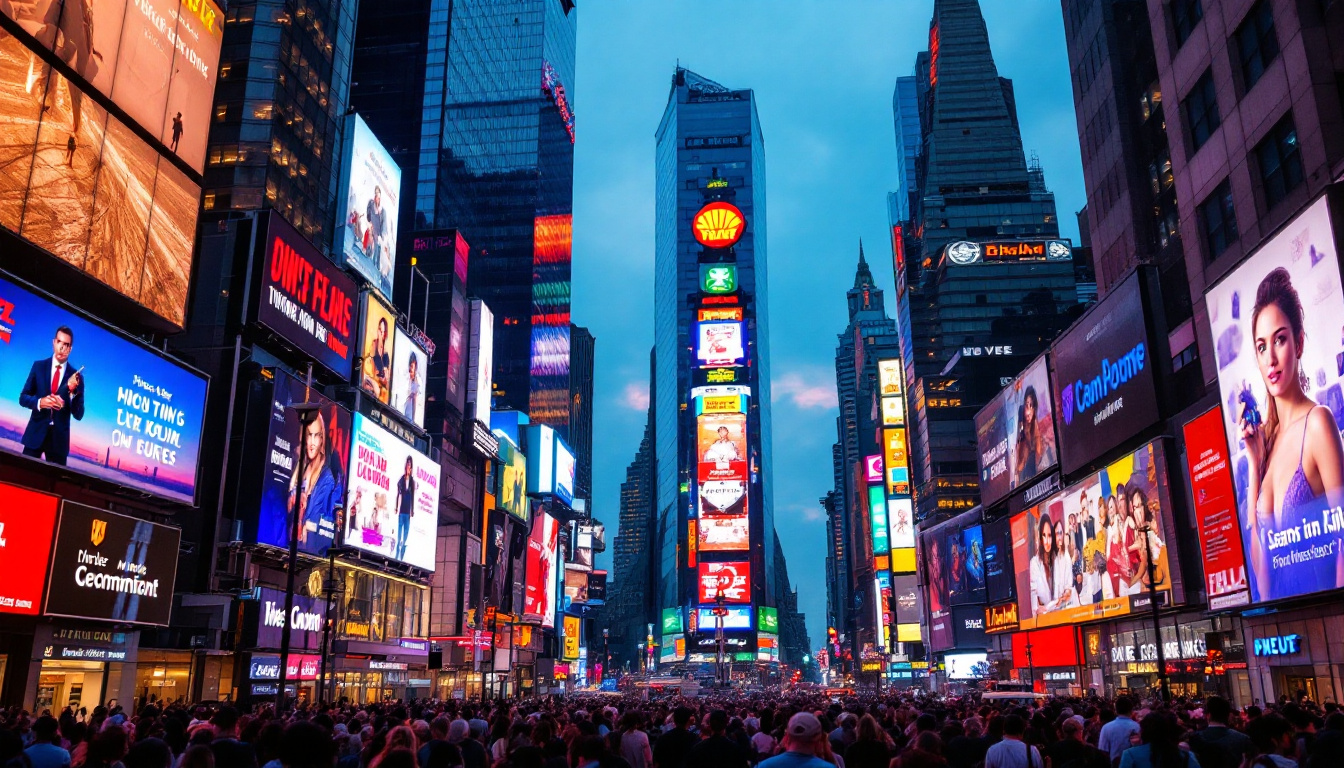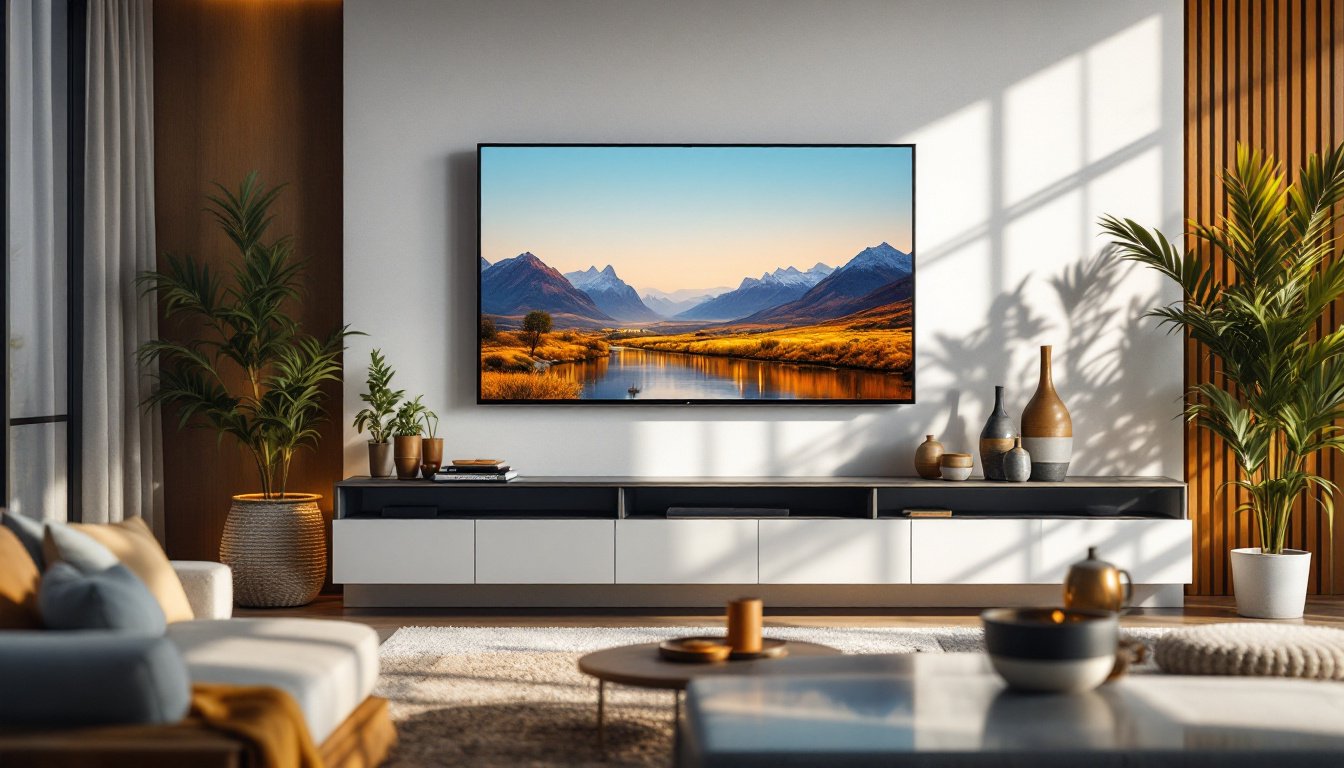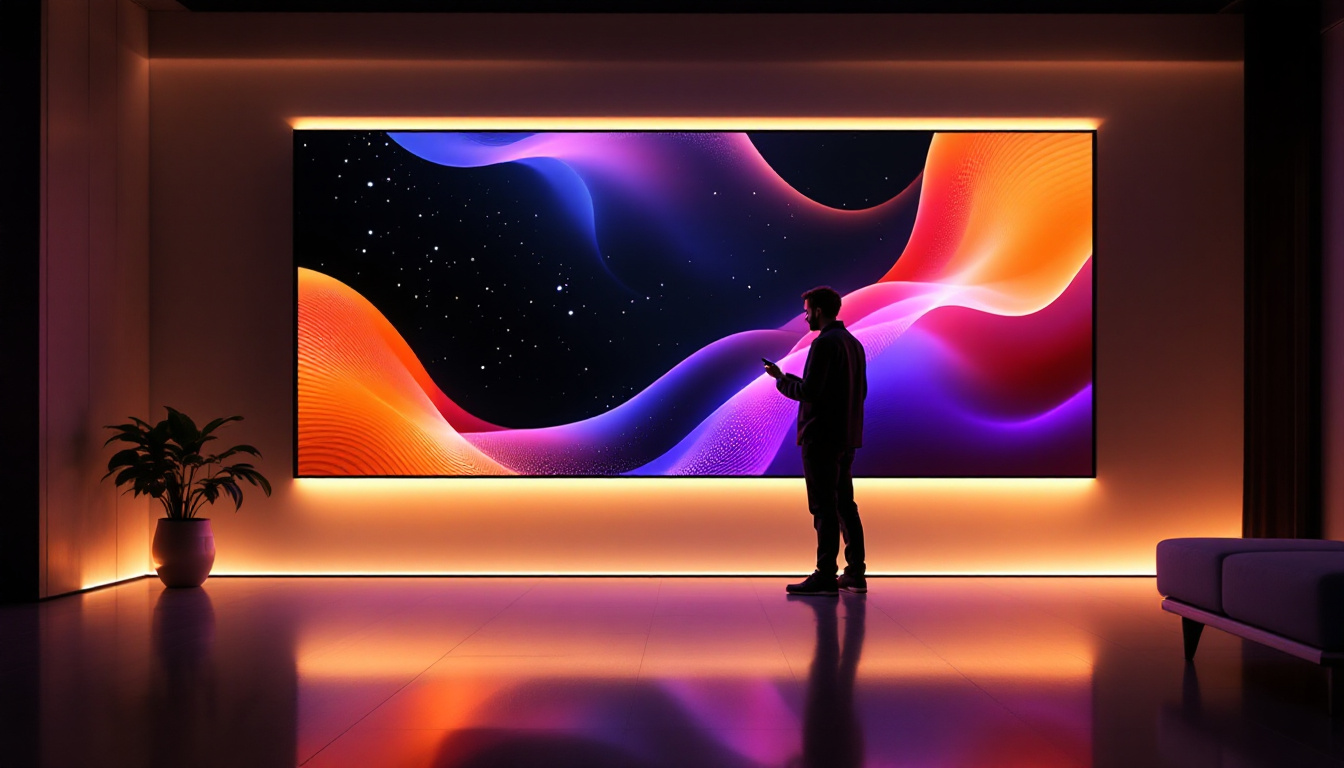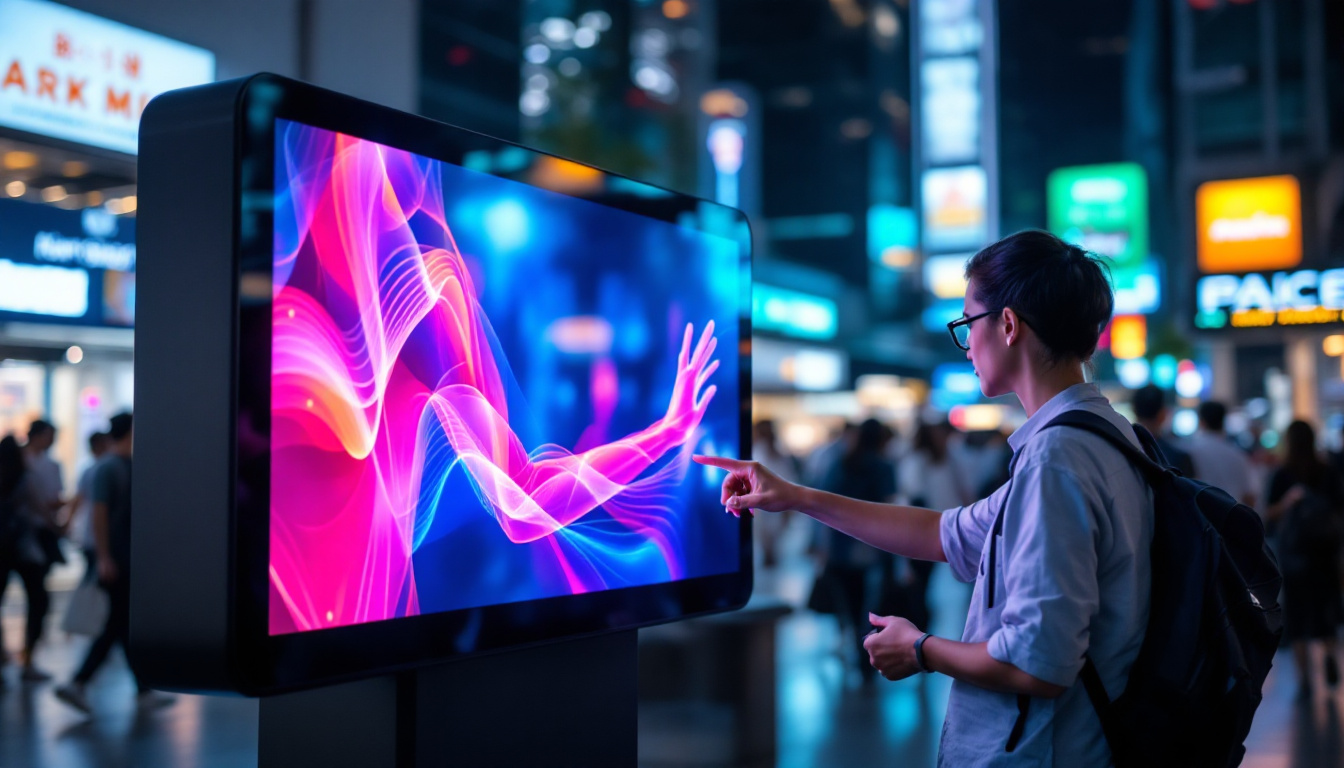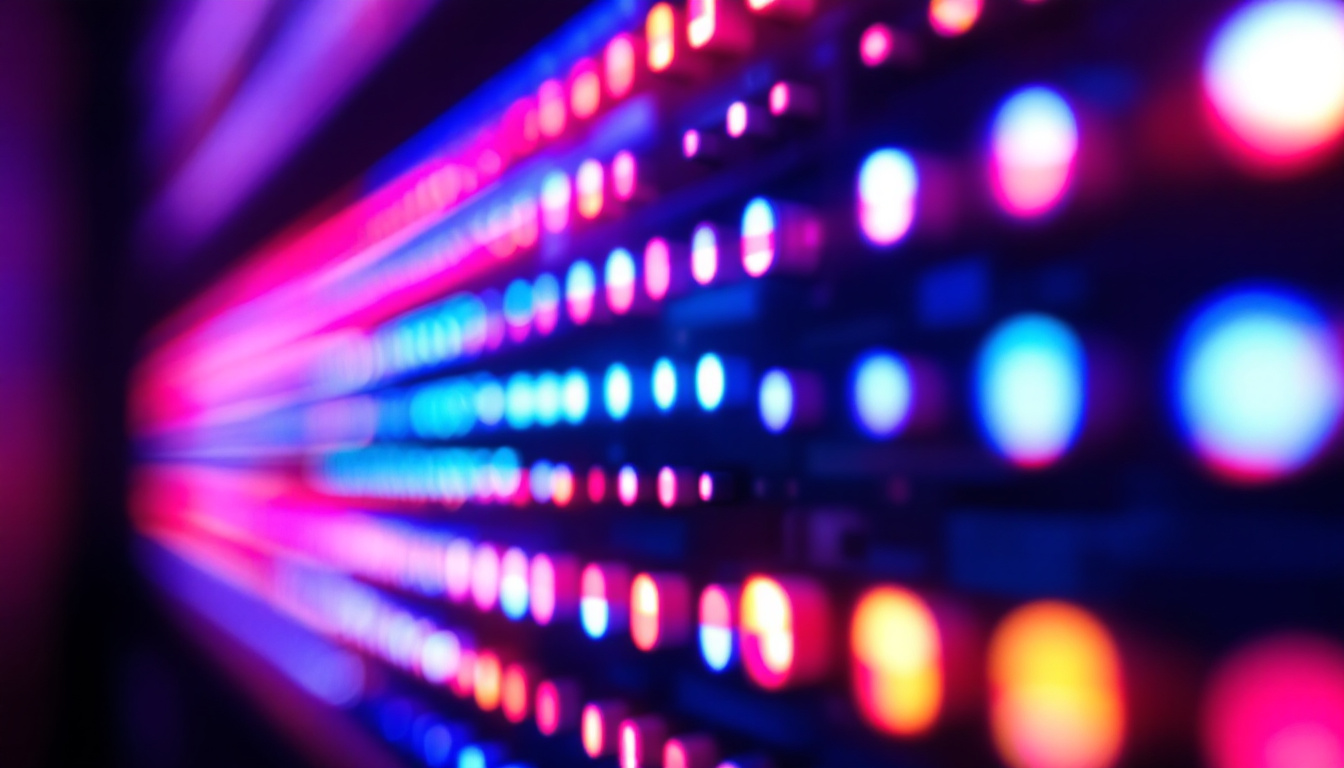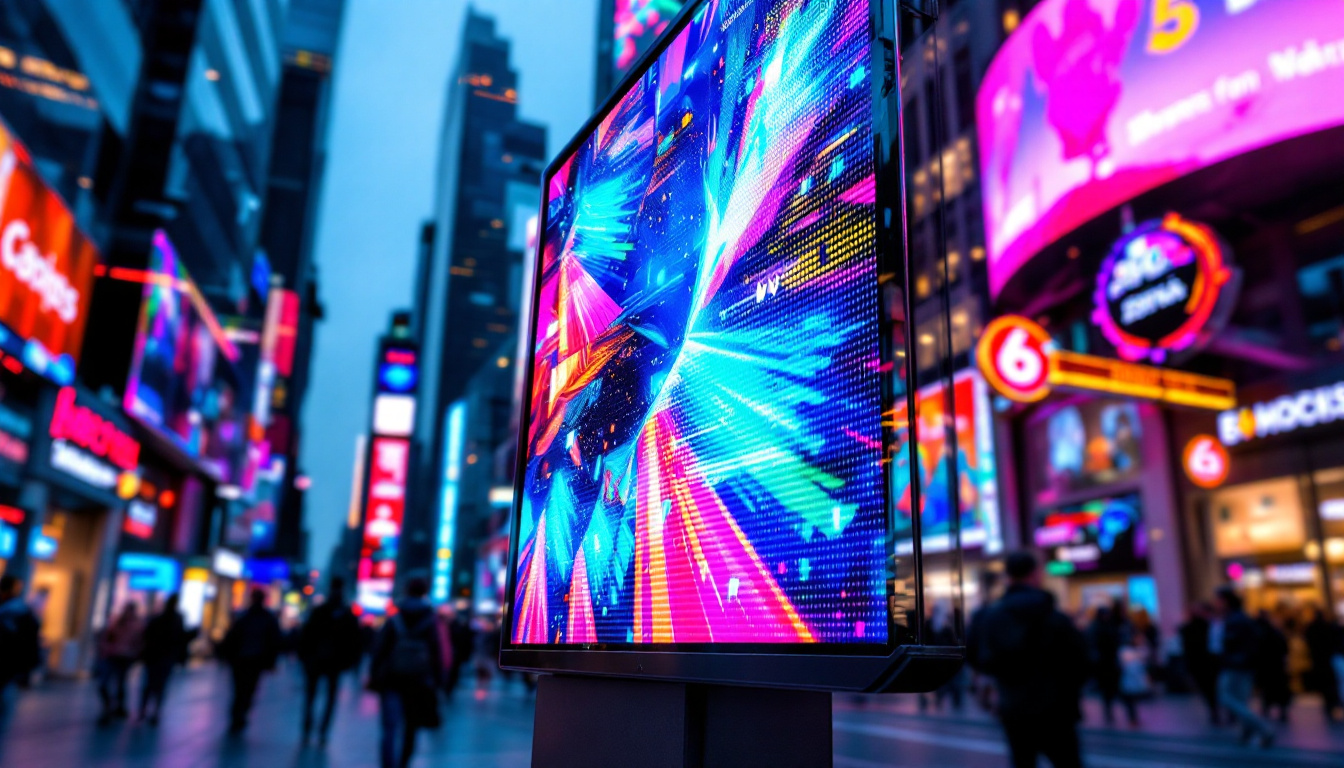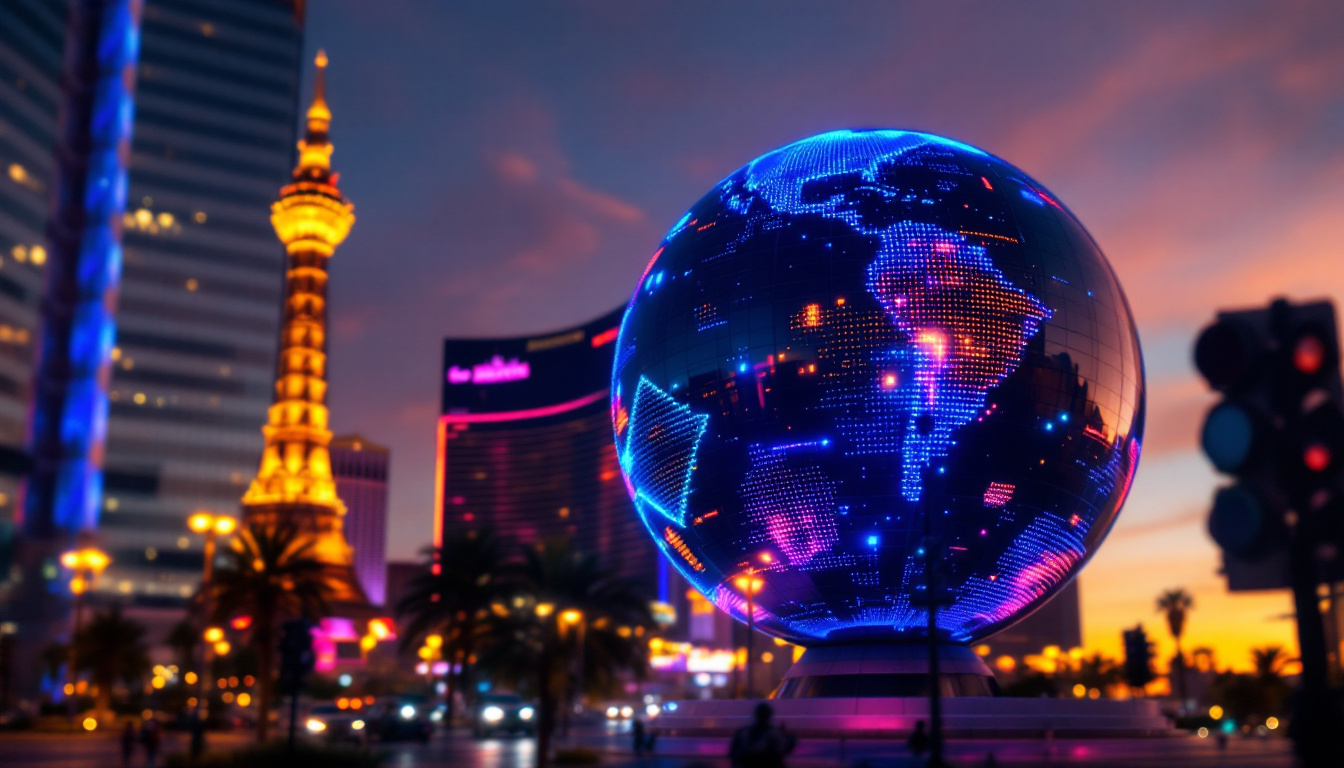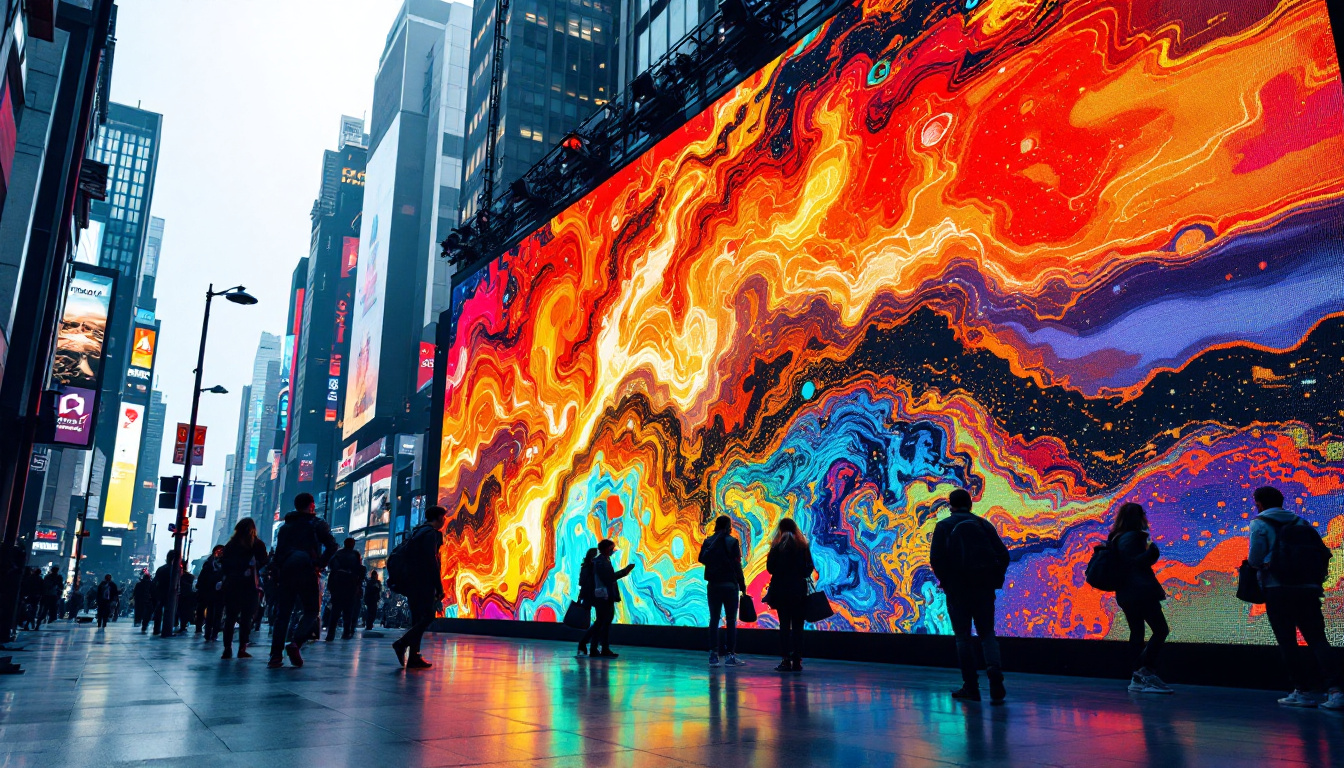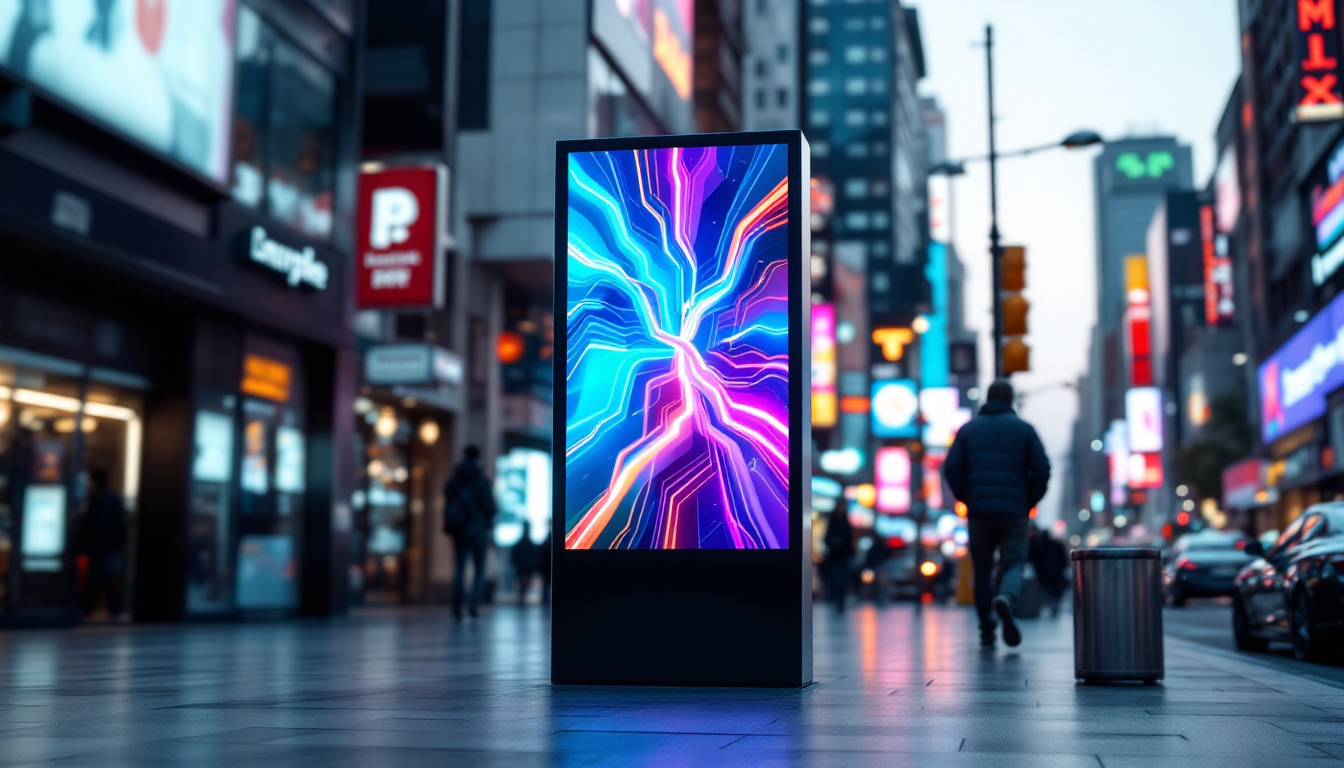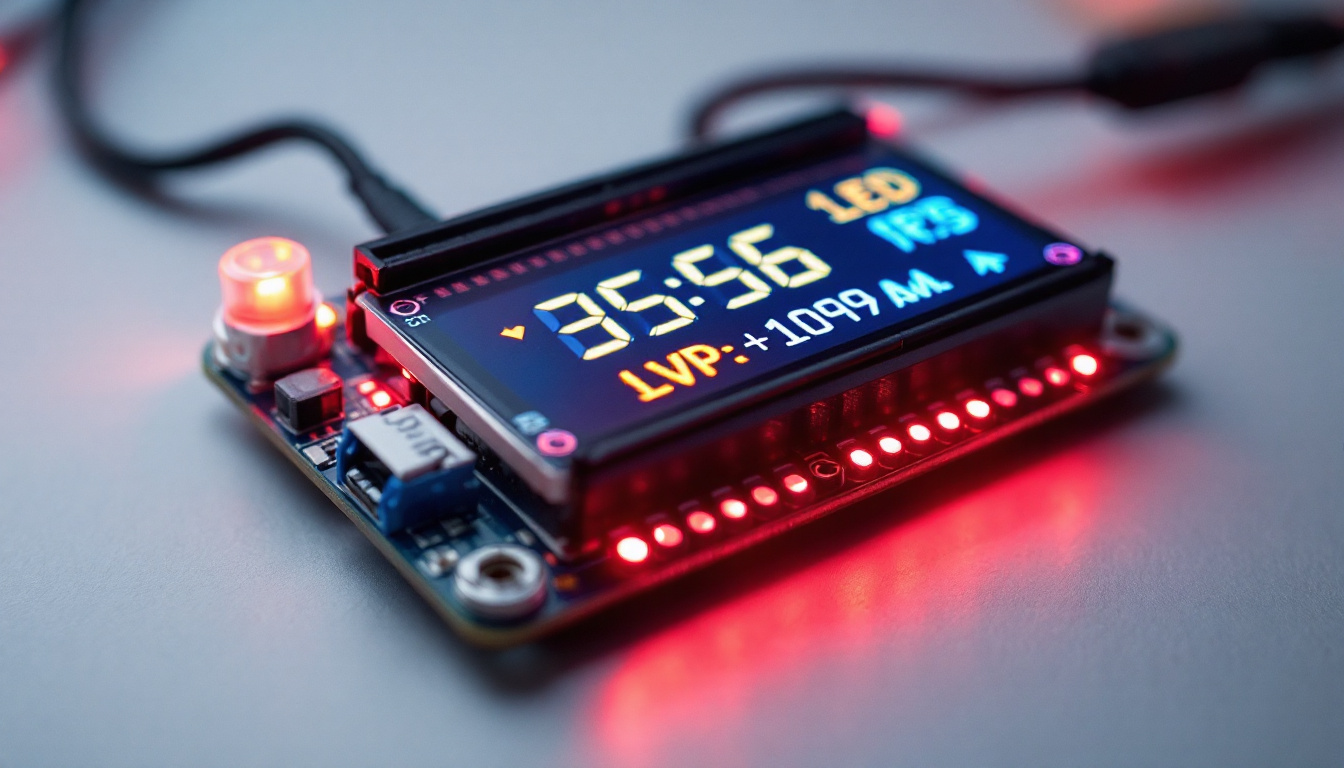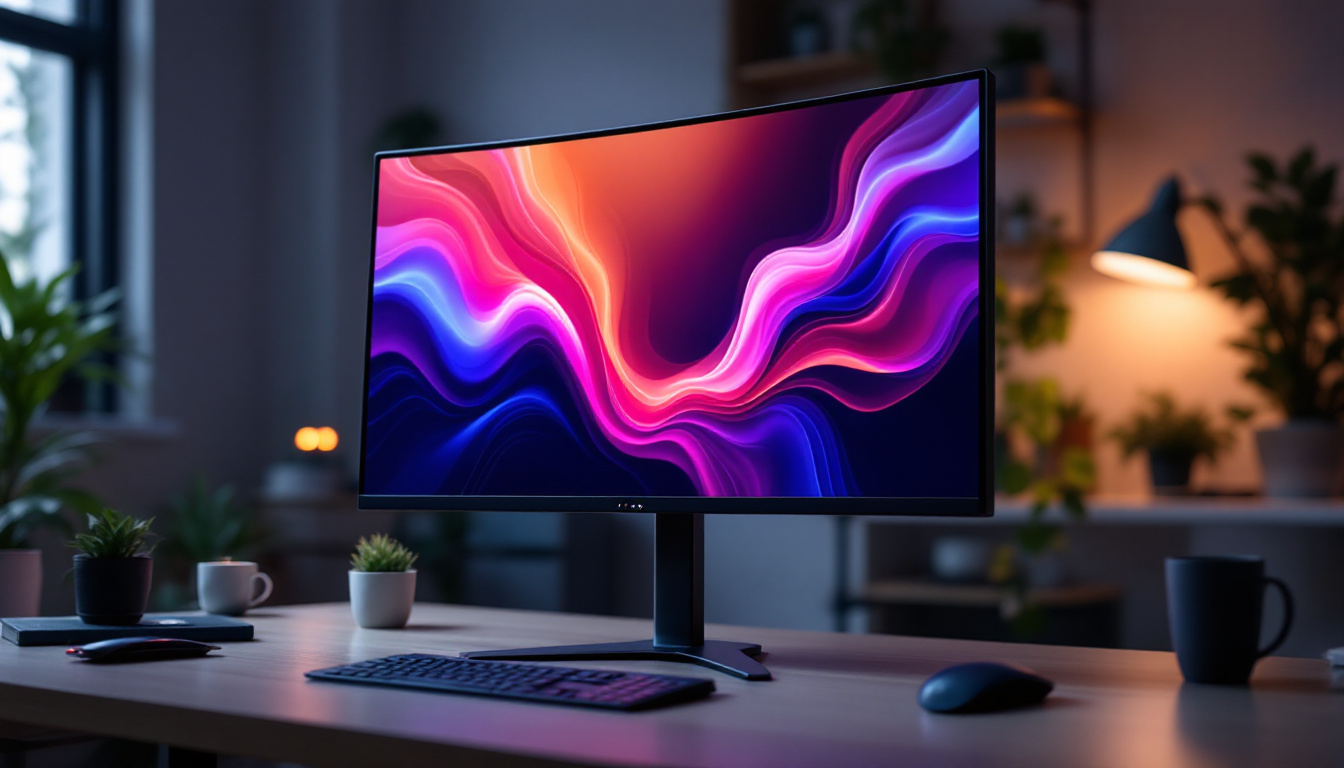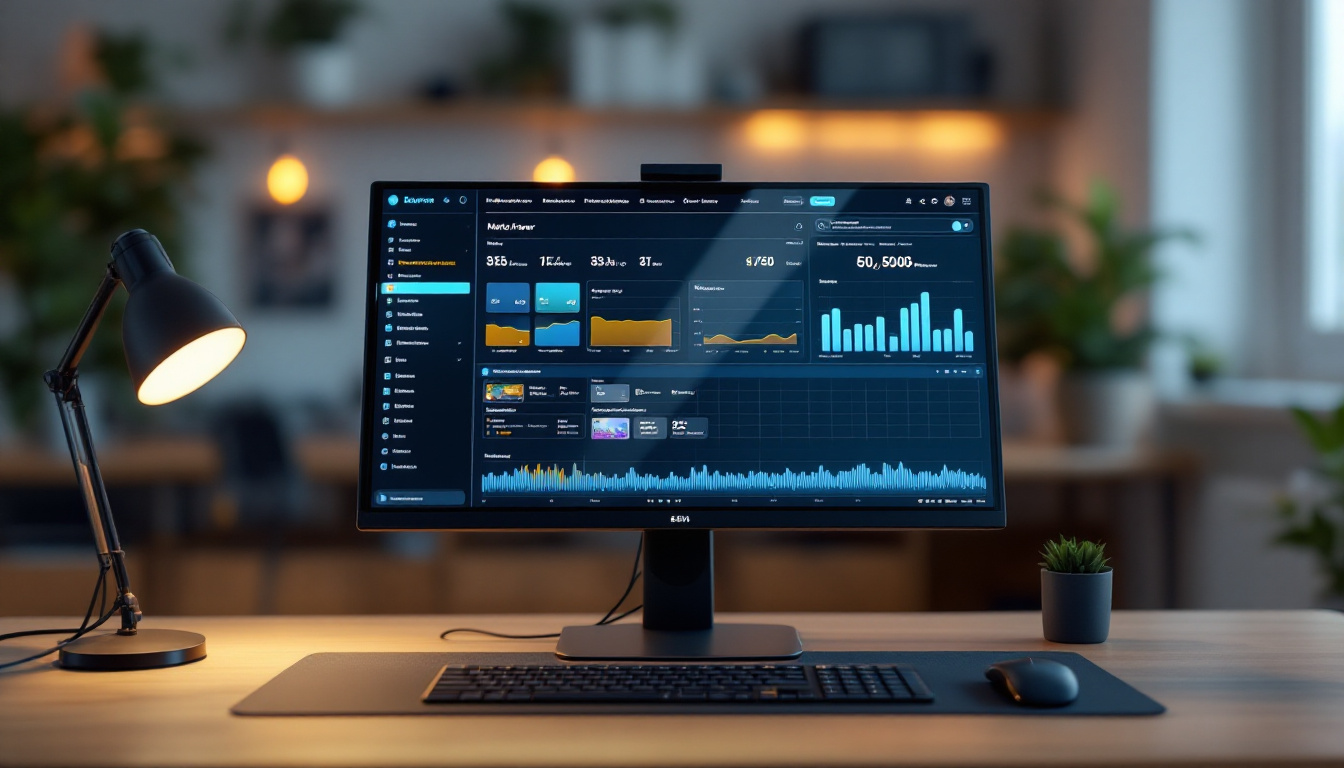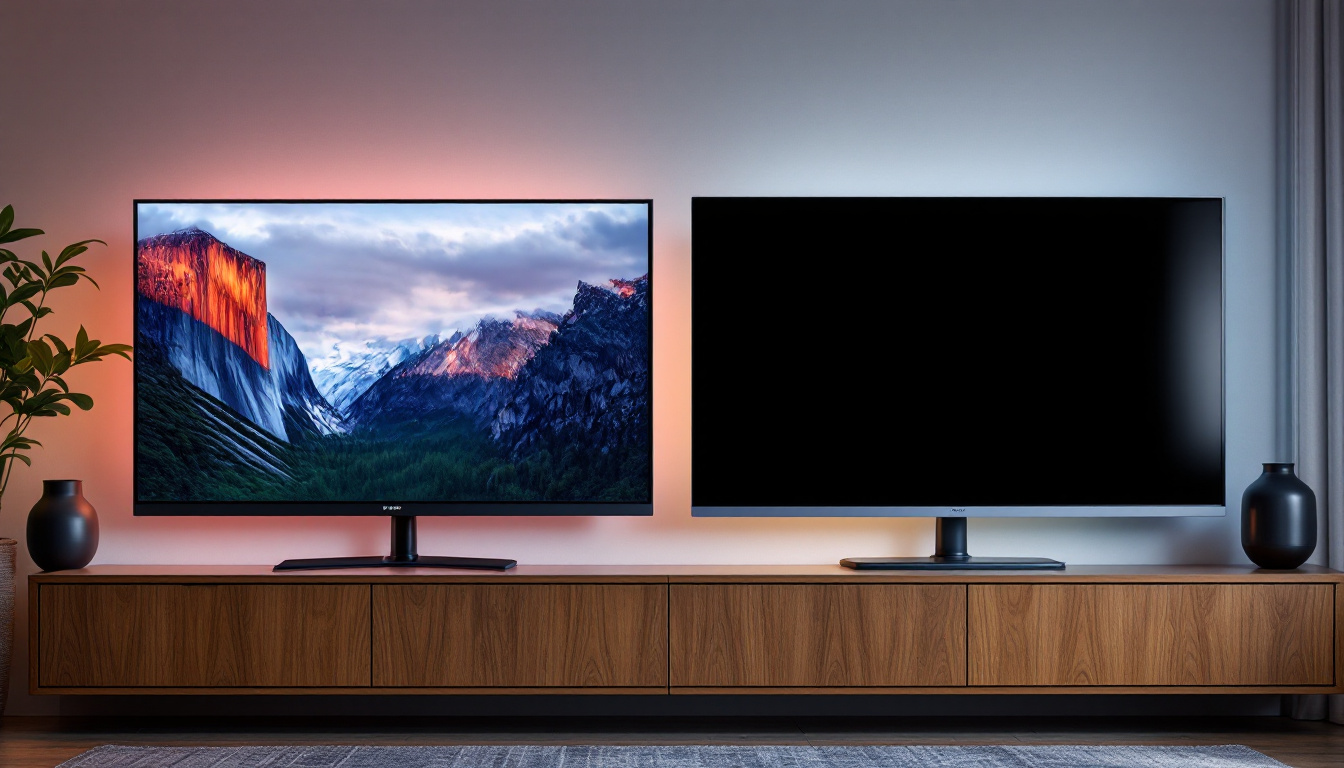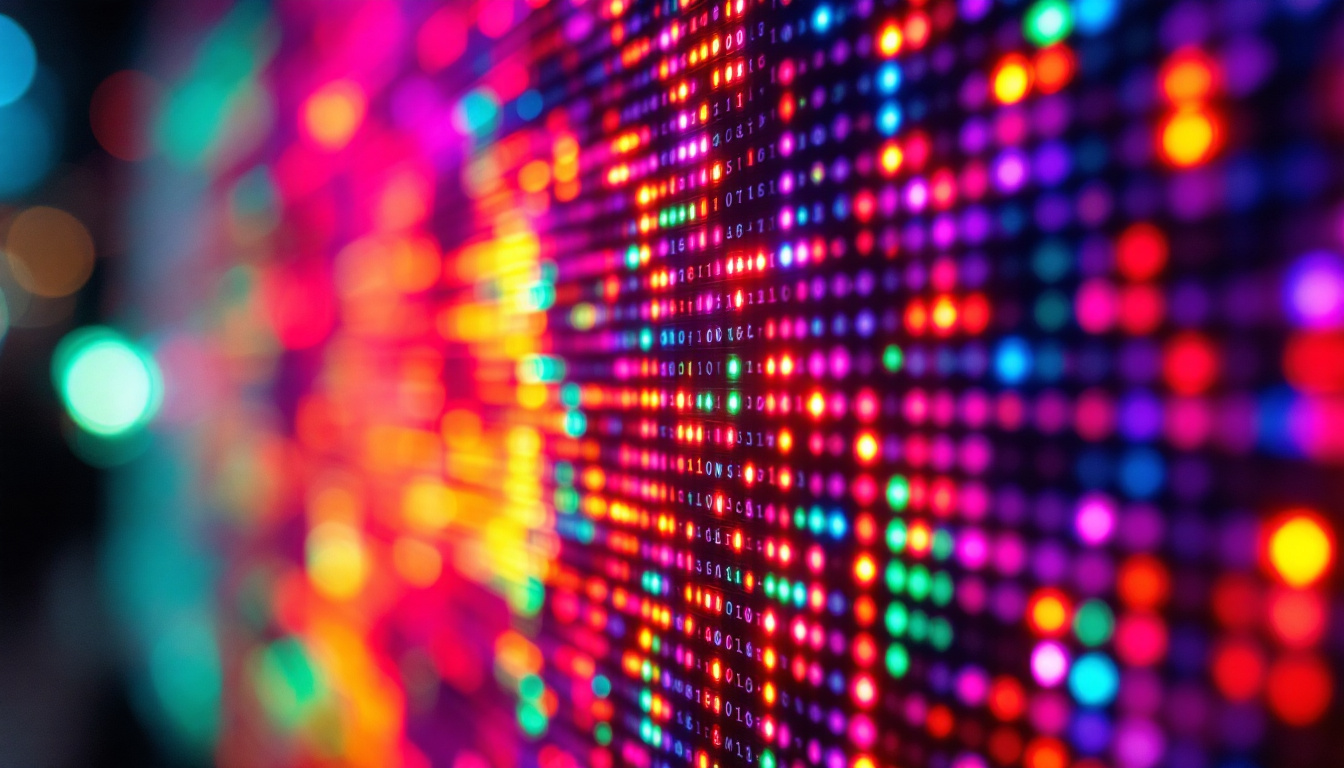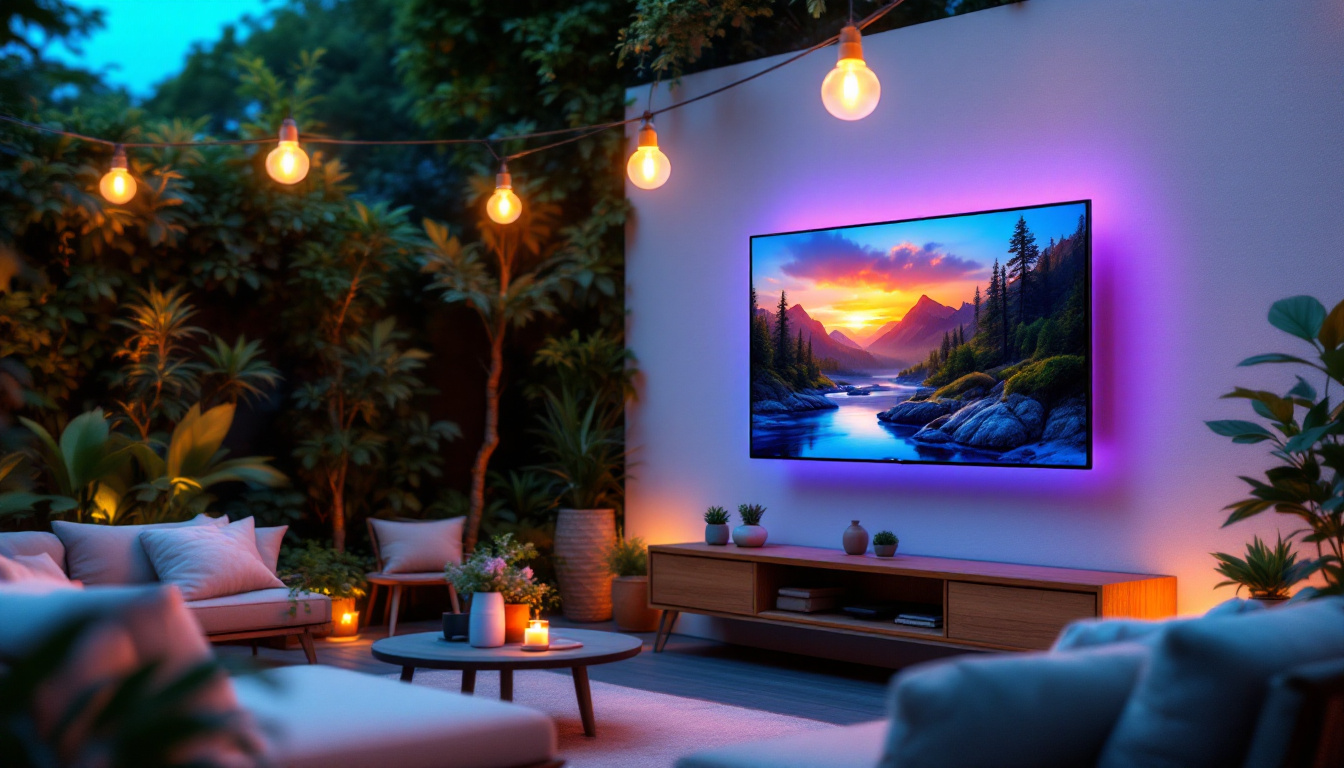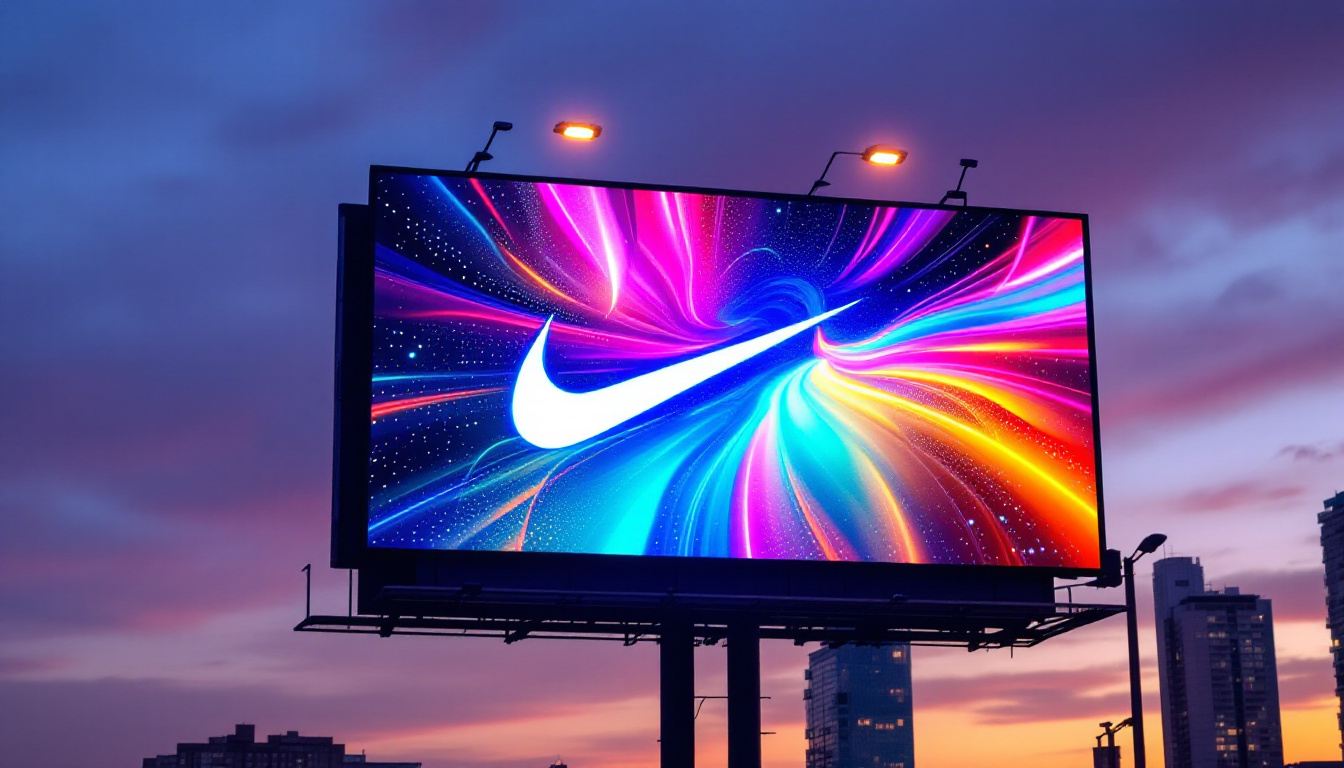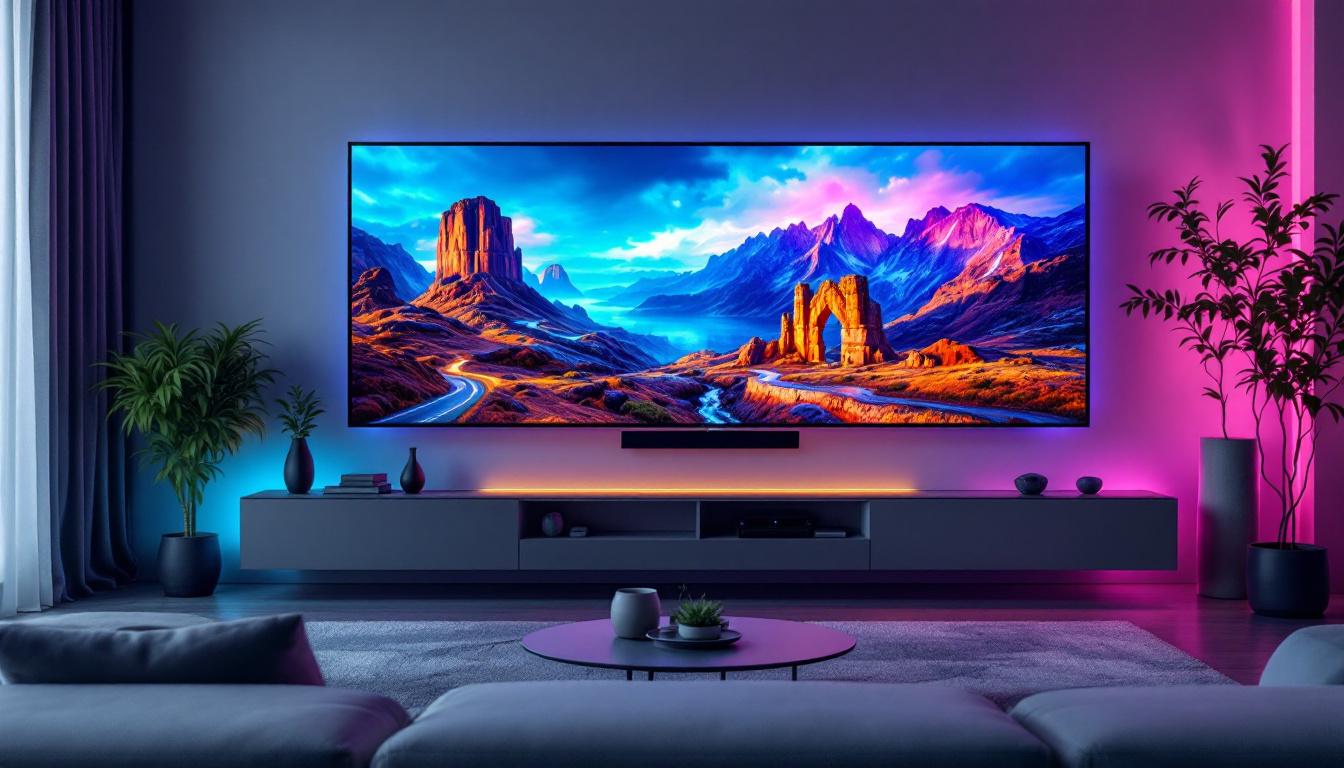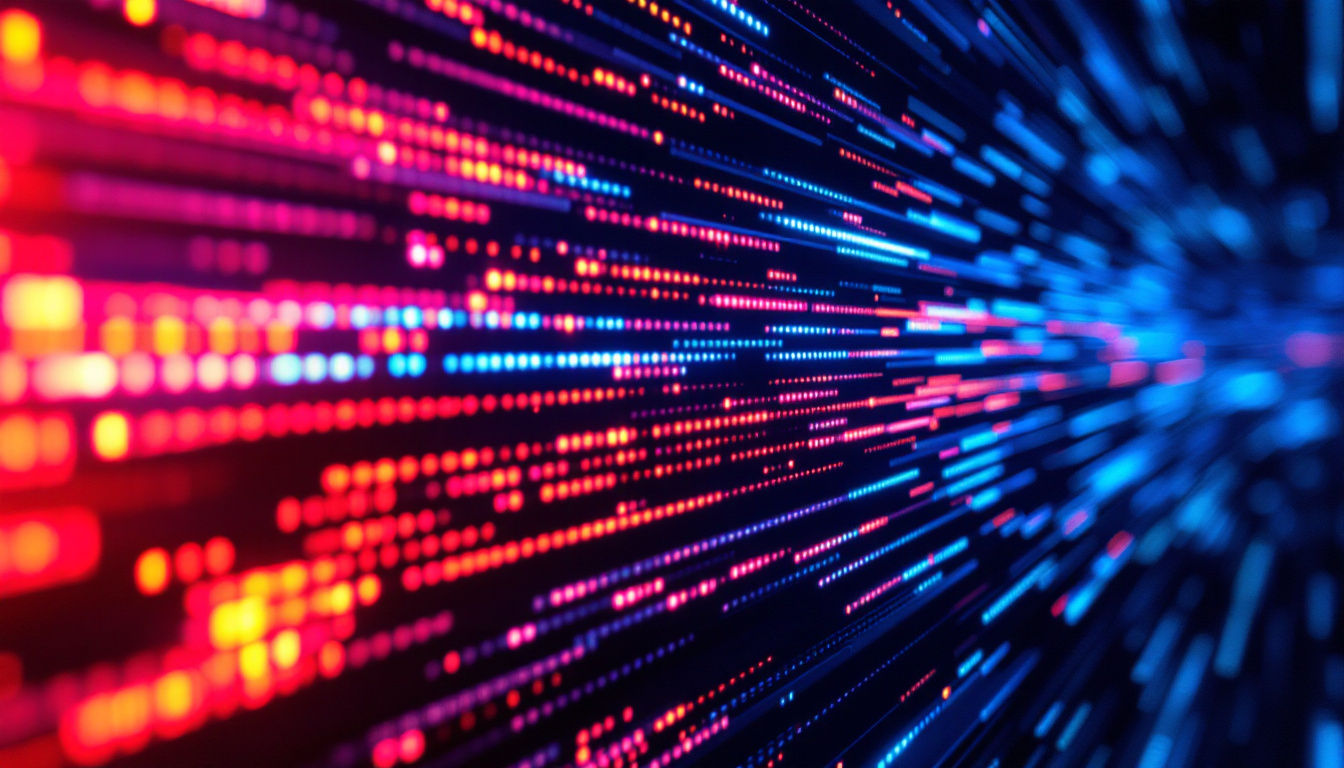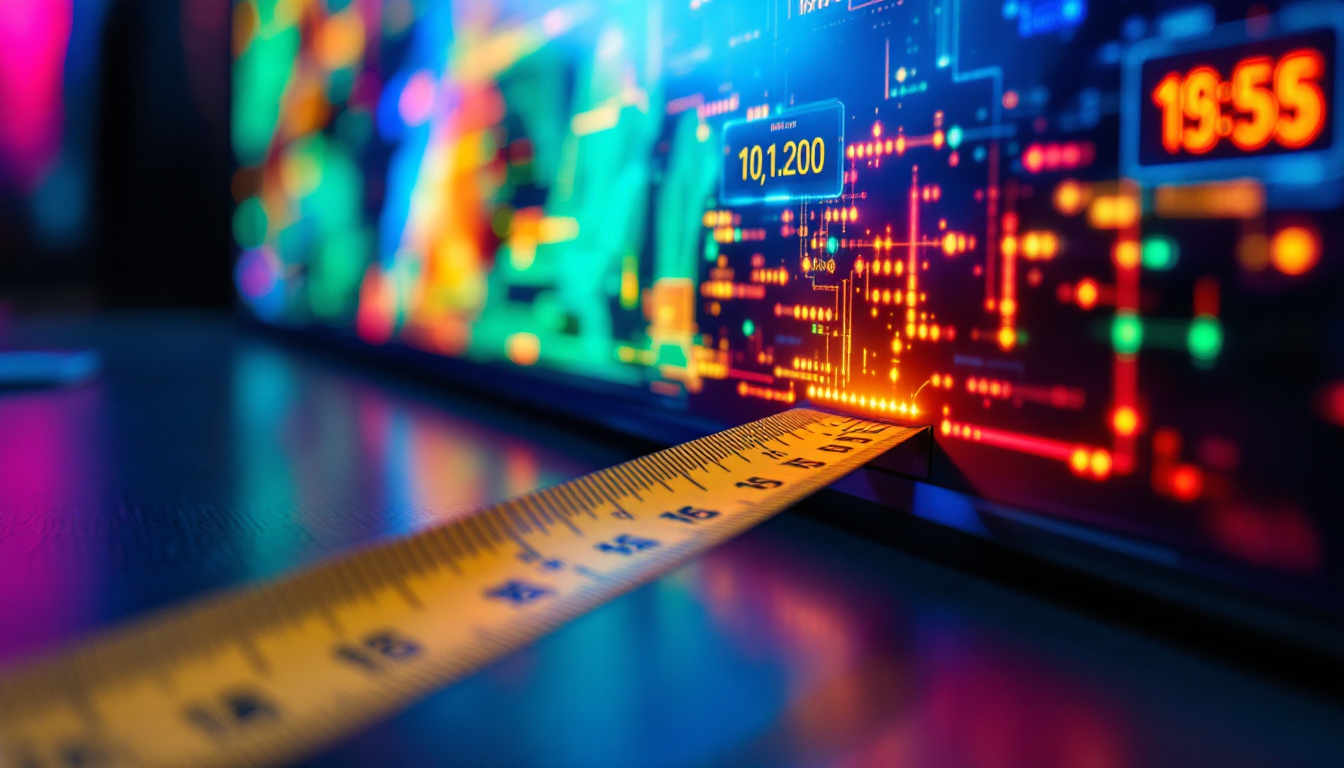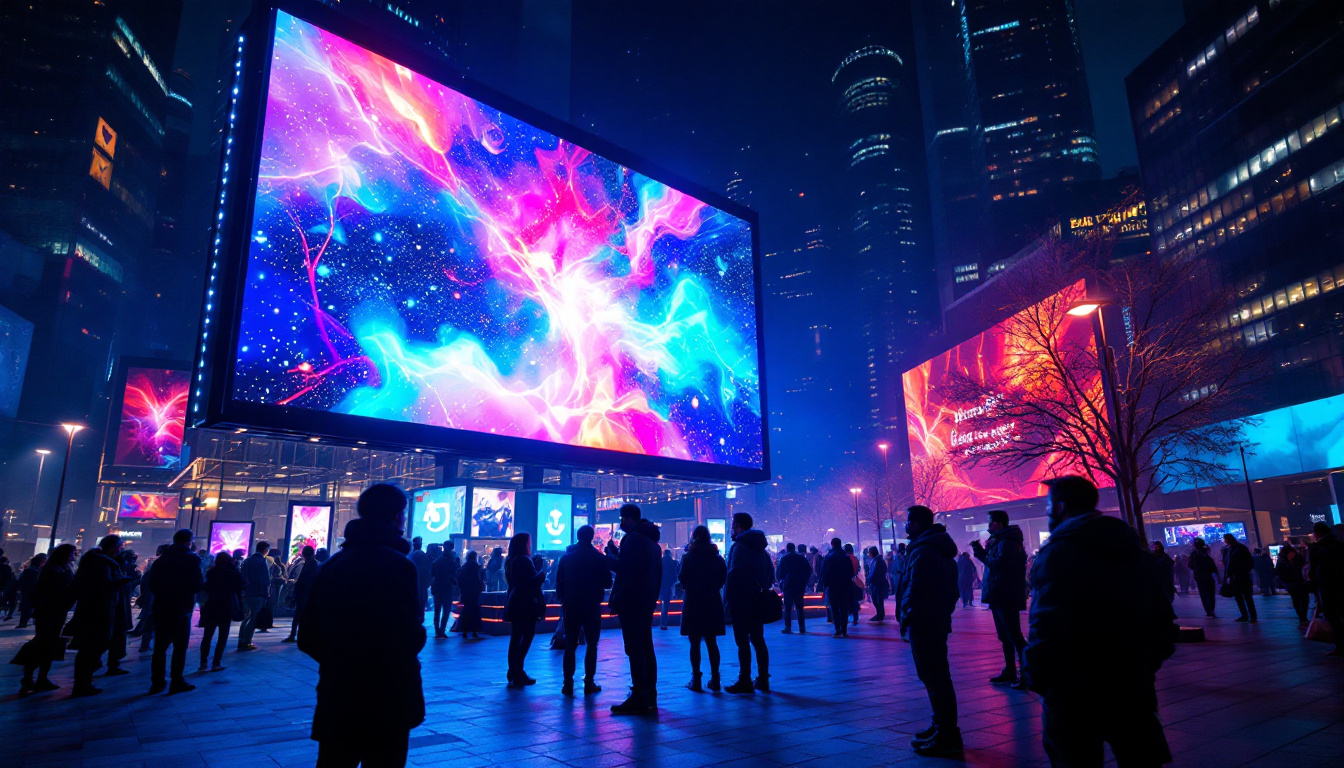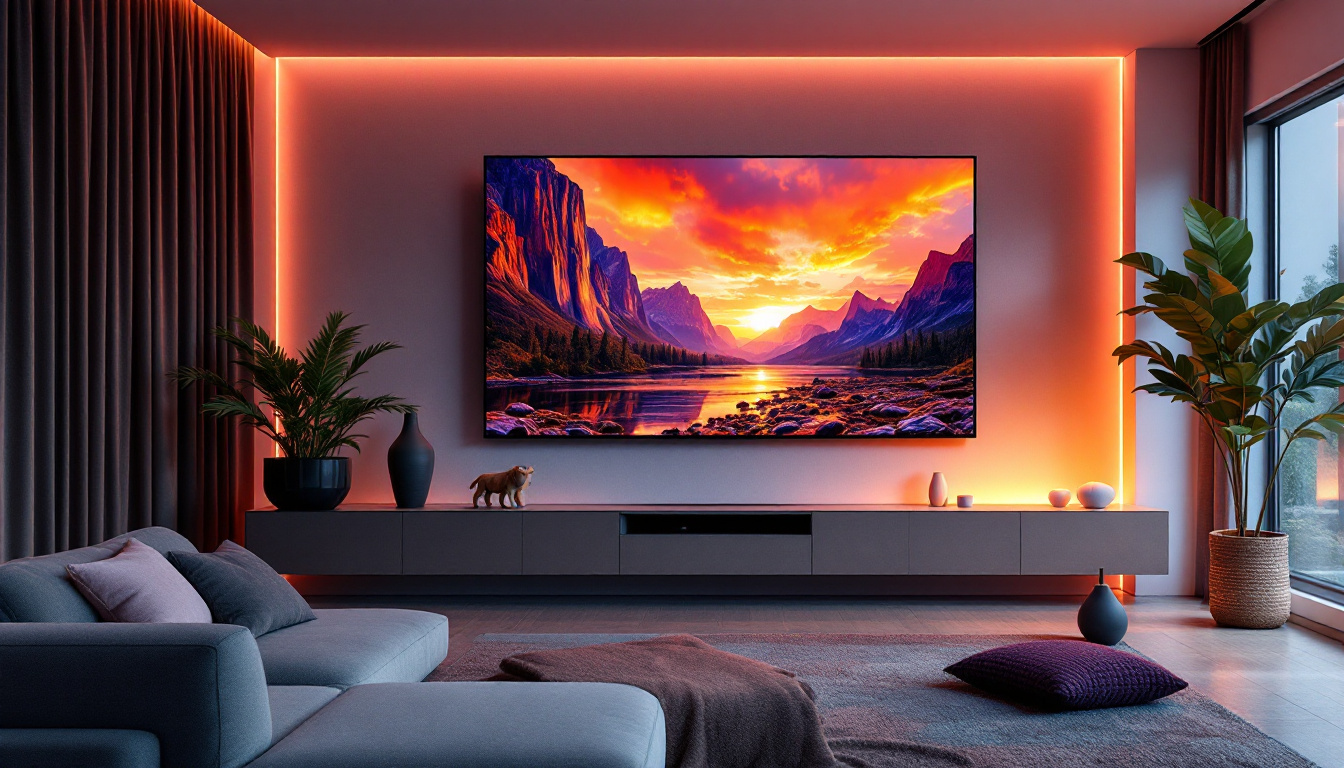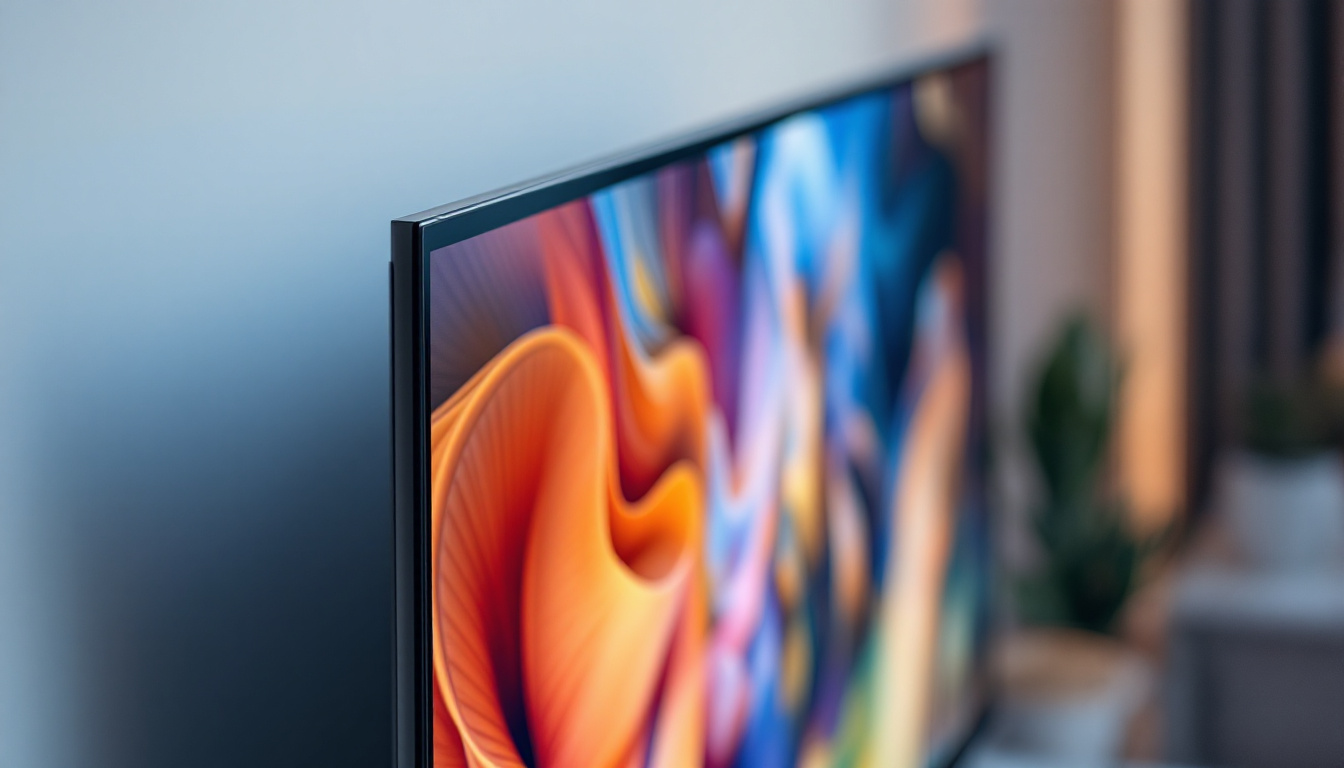In the ever-evolving landscape of technology, LED displays have emerged as a vital component in various industries, from advertising to entertainment and beyond. Understanding the intricacies of LED displays can significantly enhance the effectiveness of visual communication. This article delves into the fundamentals of LED displays, their applications, advantages, and considerations for use in professional planning.
What is an LED Display?
LED stands for Light Emitting Diode, a semiconductor device that emits light when an electric current passes through it. An LED display is a screen that uses these diodes to produce images, videos, and text. Unlike traditional LCD screens, LED displays offer brighter visuals, better contrast, and a wider color spectrum, making them ideal for various applications. Their energy efficiency is another significant advantage, as they consume less power compared to older display technologies, which is particularly beneficial in large-scale installations where energy costs can be substantial.
The Technology Behind LED Displays
At the core of LED display technology is the arrangement of diodes. These diodes can be configured in different ways, such as in matrices or as individual pixels, to create a cohesive visual output. The most common types of LED displays include:
- Direct View LED: This type uses individual LEDs to form pixels that directly emit light. They are often used in large outdoor displays and billboards.
- LED-backlit LCD: Here, LEDs are used to illuminate an LCD panel from behind, enhancing brightness and color accuracy.
- Organic LED (OLED): OLED displays use organic compounds that emit light when an electric current is applied, allowing for thinner screens and better contrast ratios.
Types of LED Displays
LED displays come in various forms, each tailored for specific environments and uses. Key types include:
- Indoor LED Displays: Designed for use in controlled environments, these displays typically offer higher resolution and finer pixel pitch for closer viewing distances. They are commonly found in venues such as theaters, conference rooms, and retail spaces, where clarity and detail are paramount.
- Outdoor LED Displays: Built to withstand weather conditions, outdoor displays are brighter and have a larger pixel pitch to ensure visibility from a distance. These displays are often utilized in advertising, sports arenas, and public events, where they can capture the attention of large crowds.
- Transparent LED Displays: These innovative displays allow light to pass through, making them ideal for retail environments where visibility is crucial. They can be integrated into windows and storefronts, providing an eye-catching way to showcase products while maintaining the view of the outside world.
Furthermore, advancements in LED technology have led to the development of flexible and curved displays, which can conform to various shapes and surfaces. This flexibility opens up new possibilities for creative installations in architecture and design, allowing for immersive experiences that were previously unattainable. As the technology continues to evolve, we can expect even more innovative applications that push the boundaries of visual communication.
Applications of LED Displays
LED displays have found their way into numerous sectors, each leveraging the technology for its unique needs. From advertising to broadcasting, the versatility of LED displays is unmatched.
Advertising and Marketing
One of the most prominent applications of LED displays is in advertising. Billboards and digital signage utilize LED technology to capture attention with vibrant colors and dynamic content. Advertisers can change messages in real-time, allowing for targeted campaigns that can adapt to audience demographics and behaviors. This flexibility not only maximizes engagement but also optimizes advertising spend, as businesses can analyze performance metrics and adjust their strategies accordingly. Furthermore, the ability to incorporate animations and videos into advertisements elevates the visual appeal, making them more memorable to consumers.
Entertainment and Events
In the entertainment industry, LED displays have revolutionized how content is delivered. Concerts, sports events, and festivals often feature large LED screens that enhance the audience experience. These displays can showcase live feeds, graphics, and animations, creating an immersive environment. The technology allows for high-definition visuals that can be seen from great distances, ensuring that every attendee, regardless of their location in the venue, can enjoy the performance. Additionally, LED screens can be integrated into stage designs, providing a seamless blend of art and technology that captivates audiences and enhances storytelling during performances.
Corporate and Educational Use
LED displays are increasingly being adopted in corporate environments for presentations, meetings, and training sessions. Their clarity and brightness ensure that information is conveyed effectively, while educational institutions use them for interactive learning experiences. The ability to display multimedia content makes them an invaluable tool for engaging audiences. In corporate settings, these displays facilitate collaboration by allowing teams to share information in real-time, fostering a more dynamic and interactive meeting atmosphere. In classrooms, LED technology supports diverse teaching methods, from displaying educational videos to interactive quizzes, making learning more engaging and accessible for students of all ages. Furthermore, the durability and energy efficiency of LED displays make them a cost-effective solution for long-term use in both corporate and educational environments.
Advantages of LED Displays
LED displays offer a multitude of benefits, making them a preferred choice for many applications. Understanding these advantages can help in making informed decisions when planning for visual communication needs.
Energy Efficiency
One of the standout features of LED technology is its energy efficiency. Compared to traditional display technologies, LED displays consume significantly less power, leading to reduced operational costs. This efficiency not only benefits the environment but also contributes to lower electricity bills over time. Furthermore, many LED systems are equipped with smart technology that adjusts brightness based on ambient light, further optimizing energy usage and extending the life of the display.
Longevity and Durability
LED displays are known for their durability and long lifespan. With proper maintenance, they can last upwards of 100,000 hours, far exceeding the lifespan of traditional displays. Additionally, many LED displays are designed to withstand harsh environmental conditions, making them suitable for outdoor use. Their robust construction helps resist impacts, moisture, and extreme temperatures, which is particularly advantageous for businesses that require reliable performance in varying climates. This resilience means that companies can invest in LED technology with confidence, knowing they are making a long-term commitment to quality and performance.
High Brightness and Contrast
The brightness and contrast of LED displays are superior to many other display technologies. This capability ensures that content remains visible even in bright sunlight, making them ideal for outdoor advertising. The high contrast ratios also contribute to sharper images and more vibrant colors, enhancing the overall viewing experience. In addition, the ability to display a wider color gamut allows for more accurate color reproduction, which is essential for applications ranging from digital signage to art installations. This level of visual fidelity not only captures attention but also engages viewers on a deeper level, making the content more memorable and impactful.
Versatility in Applications
LED displays are incredibly versatile and can be utilized in a variety of settings, from large-scale outdoor billboards to smaller indoor screens. Their modular design allows for customization in size and shape, enabling creative installations that can fit any space. Whether used for advertising, information dissemination, or entertainment, LED displays can adapt to the specific needs of the user. Additionally, advancements in technology have led to the development of flexible LED panels that can be curved or shaped to create unique visual experiences, further expanding their application potential in modern architecture and design.
Enhanced Viewing Experience
Beyond just brightness and color, LED displays provide an enhanced viewing experience through features such as high refresh rates and low latency. This is particularly important for video content, where smooth motion and clarity are essential. The rapid response times of LED technology minimize motion blur, making them ideal for sports events, concerts, and other live performances. Furthermore, the ability to display dynamic content, such as animations and interactive elements, allows for engaging presentations that capture and retain audience attention, ultimately leading to a more immersive experience.
Considerations for Using LED Displays
While LED displays offer numerous advantages, there are also several considerations to keep in mind when planning their use. Understanding these factors can help in selecting the right display for specific needs.
Cost Implications
Initially, the cost of LED displays can be higher than that of traditional display technologies. However, the long-term savings in energy consumption and maintenance can offset these initial investments. It’s essential to consider the total cost of ownership when evaluating options.
Installation and Maintenance
Proper installation is crucial for maximizing the performance of LED displays. Factors such as location, mounting structure, and environmental conditions must be taken into account. Additionally, regular maintenance is necessary to ensure optimal performance and longevity. This may include cleaning, software updates, and hardware checks.
Content Management
LED displays require effective content management to ensure that the displayed information is relevant and engaging. This involves not only the design of the content but also the scheduling and updating of messages. Utilizing content management systems can streamline this process, allowing for real-time updates and dynamic content delivery.
Future Trends in LED Display Technology
The LED display industry is continuously evolving, with new technologies and innovations emerging regularly. Staying informed about these trends can provide insights into future applications and capabilities.
Advancements in Resolution
As technology progresses, the resolution of LED displays continues to improve. High-definition and ultra-high-definition displays are becoming more common, providing sharper images and more detailed visuals. This trend is particularly important for applications where clarity is paramount, such as medical imaging and high-end advertising.
Integration with Smart Technology
With the rise of the Internet of Things (IoT), LED displays are increasingly being integrated with smart technology. This allows for enhanced interactivity and connectivity, enabling displays to respond to user input or environmental factors. Such integration can lead to more personalized and engaging experiences for viewers.
Sustainability Initiatives
As environmental concerns grow, the LED display industry is focusing on sustainability. Manufacturers are exploring eco-friendly materials and production processes, as well as recycling programs for old displays. This shift not only benefits the planet but also appeals to environmentally conscious consumers.
Conclusion
LED displays have transformed the way information is communicated across various sectors. Their versatility, energy efficiency, and high-quality visuals make them an essential tool for modern advertising, entertainment, and education. As technology continues to advance, the potential applications for LED displays will only expand, paving the way for innovative solutions in visual communication.
Understanding the fundamentals of LED displays, their advantages, and considerations for use is crucial for anyone involved in planning and implementing visual strategies. By harnessing the power of LED technology, businesses and organizations can create impactful experiences that resonate with audiences and drive engagement.
Explore Cutting-Edge LED Display Solutions
Ready to elevate your visual strategy with the latest in LED display technology? Discover LumenMatrix’s innovative range of LED display solutions, designed to captivate your audience and amplify your message. From vibrant Indoor LED Walls to dynamic Outdoor LED Displays and beyond, LumenMatrix offers tailored solutions that promise to transform your space and engage viewers like never before. Check out LumenMatrix LED Display Solutions today and step into the future of visual communication.

